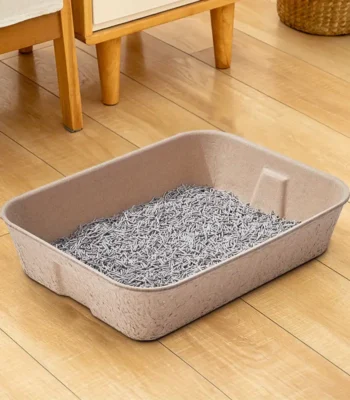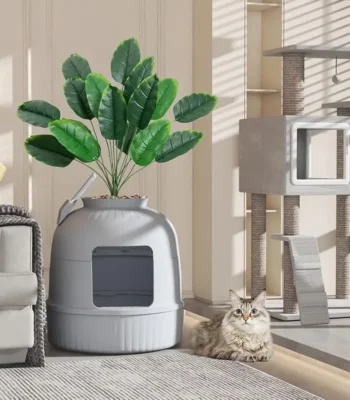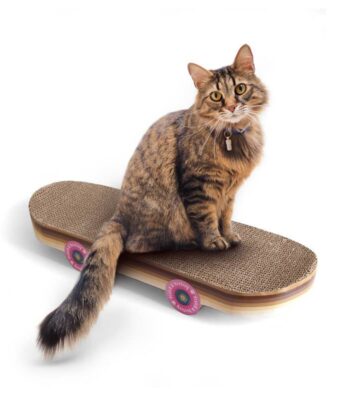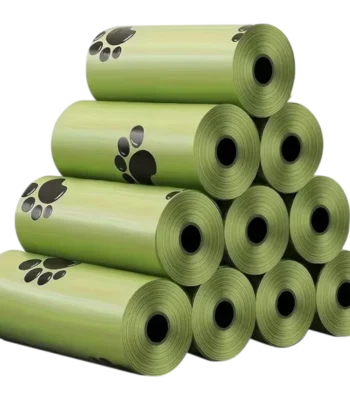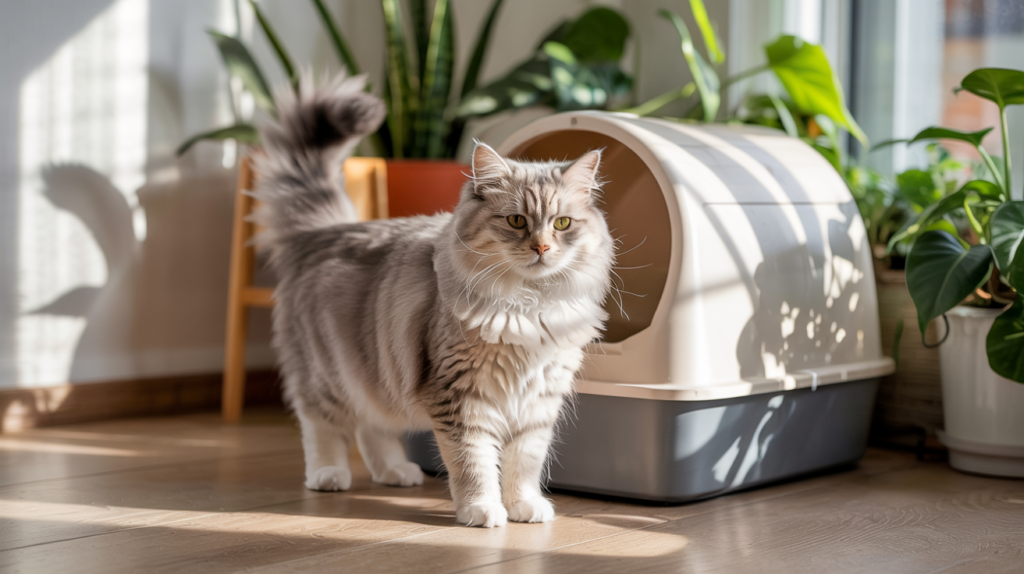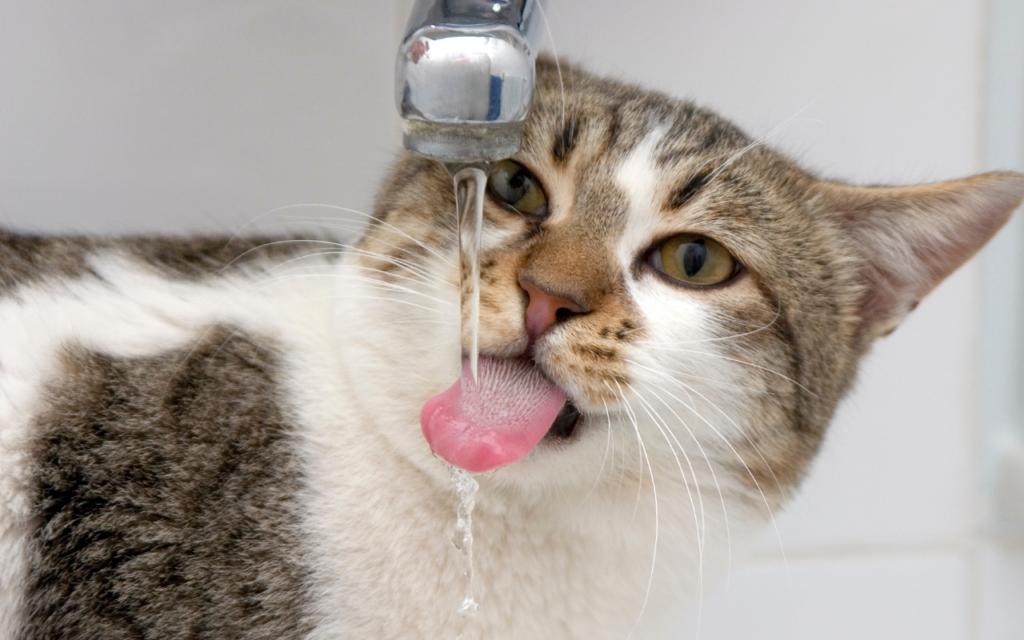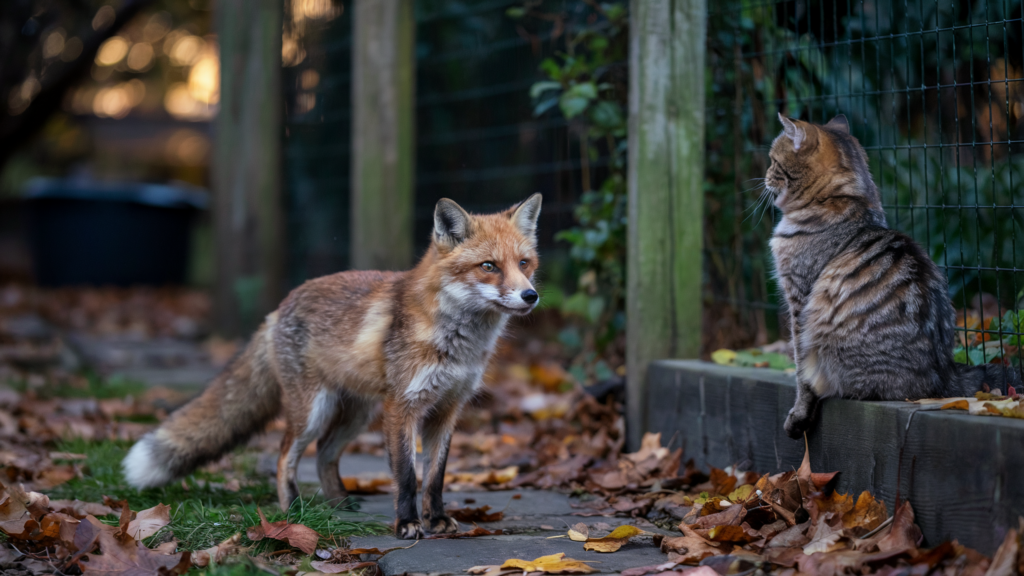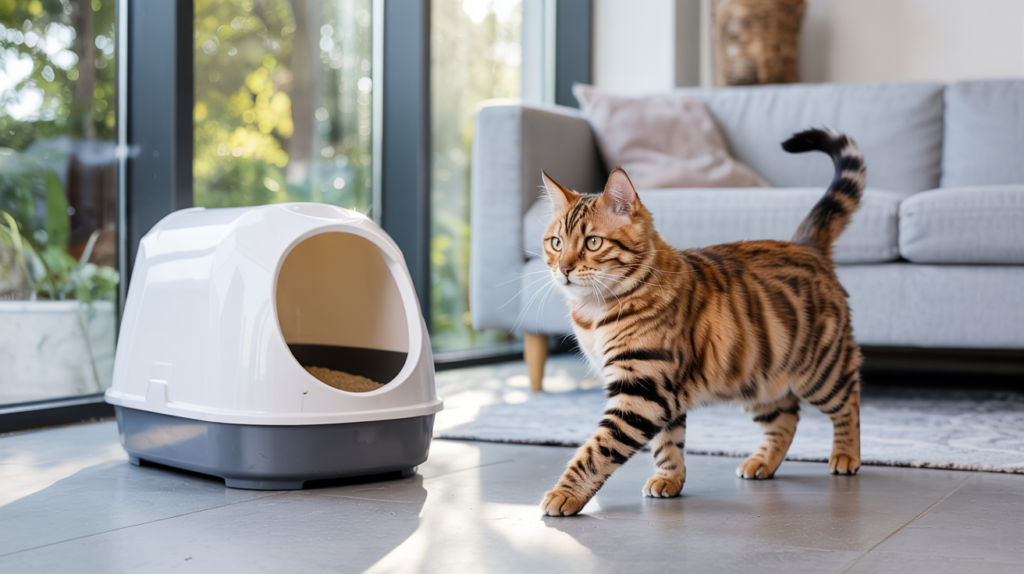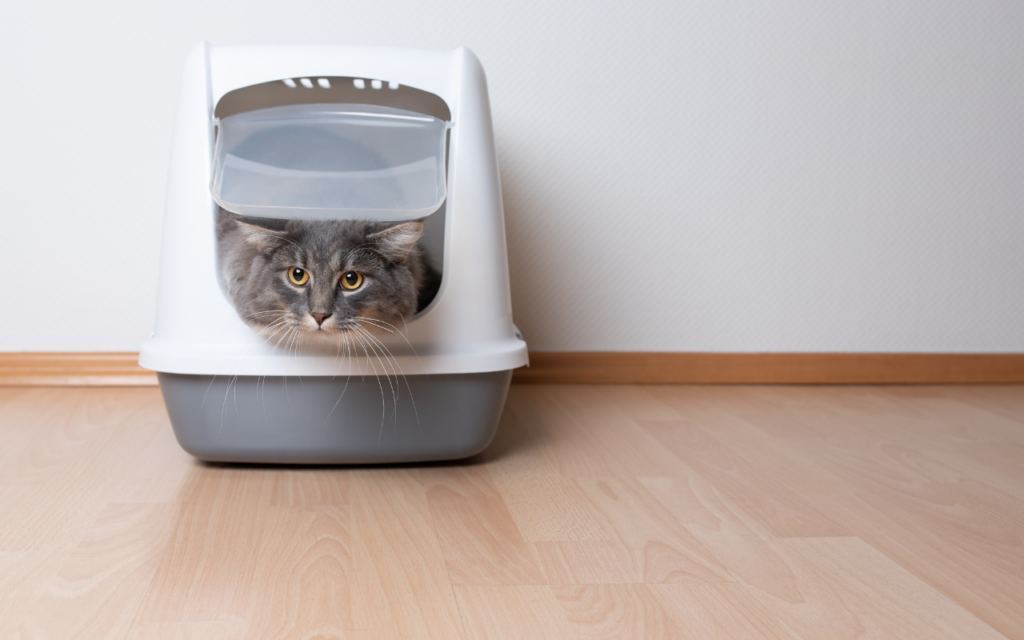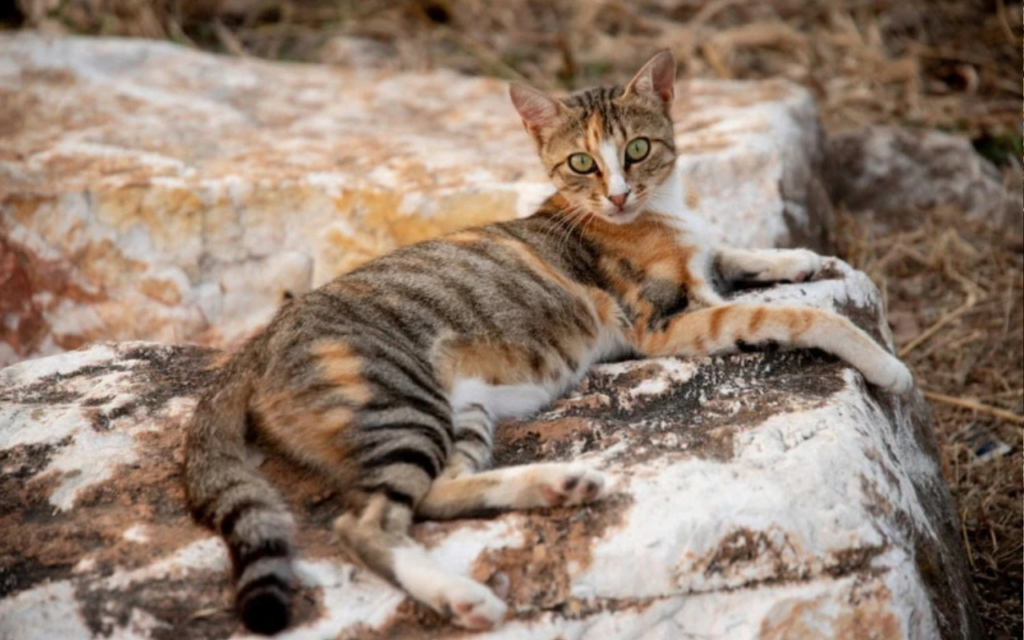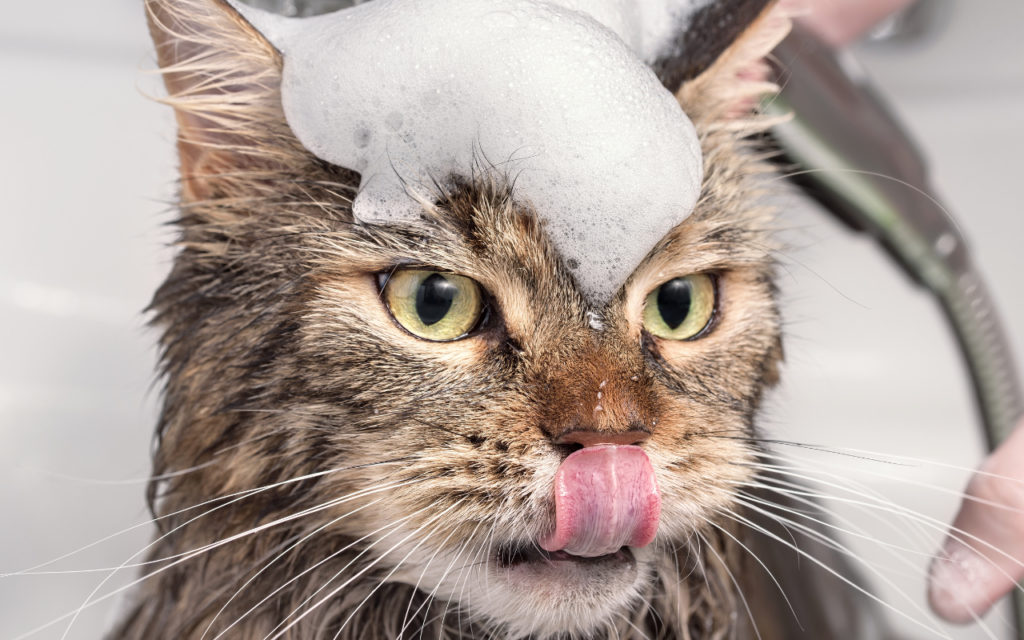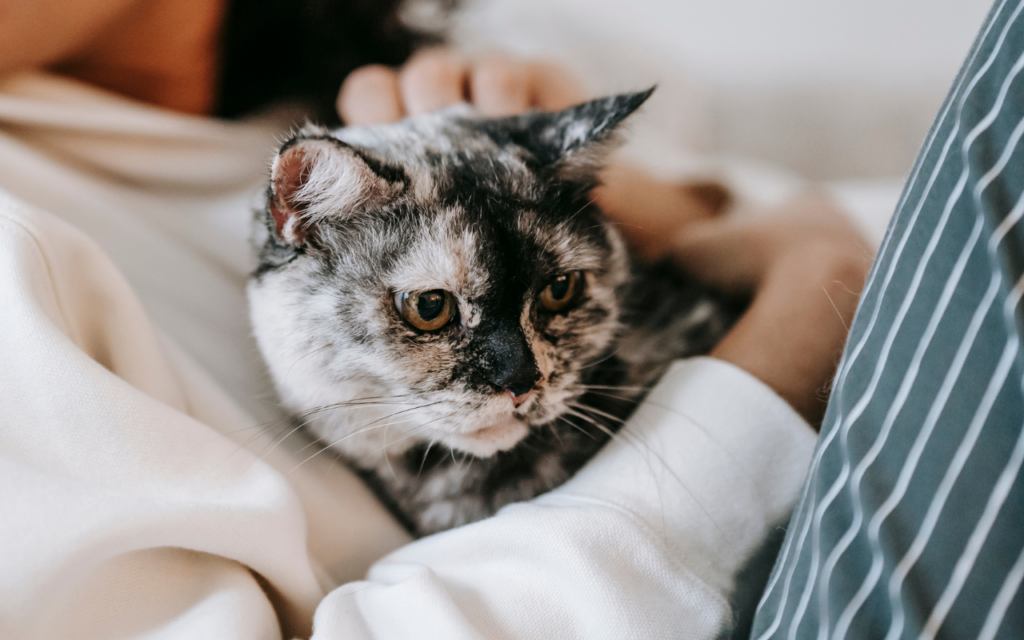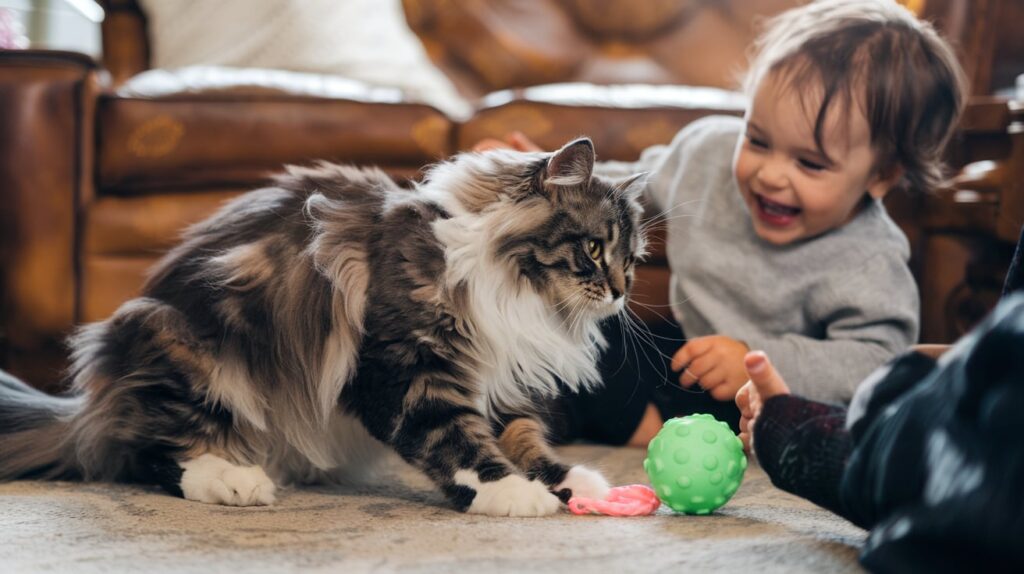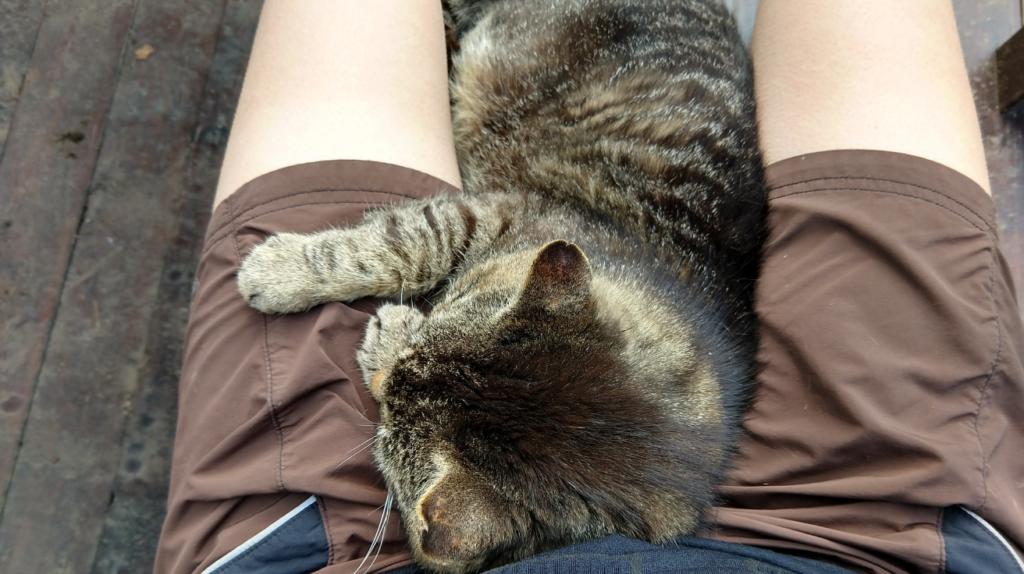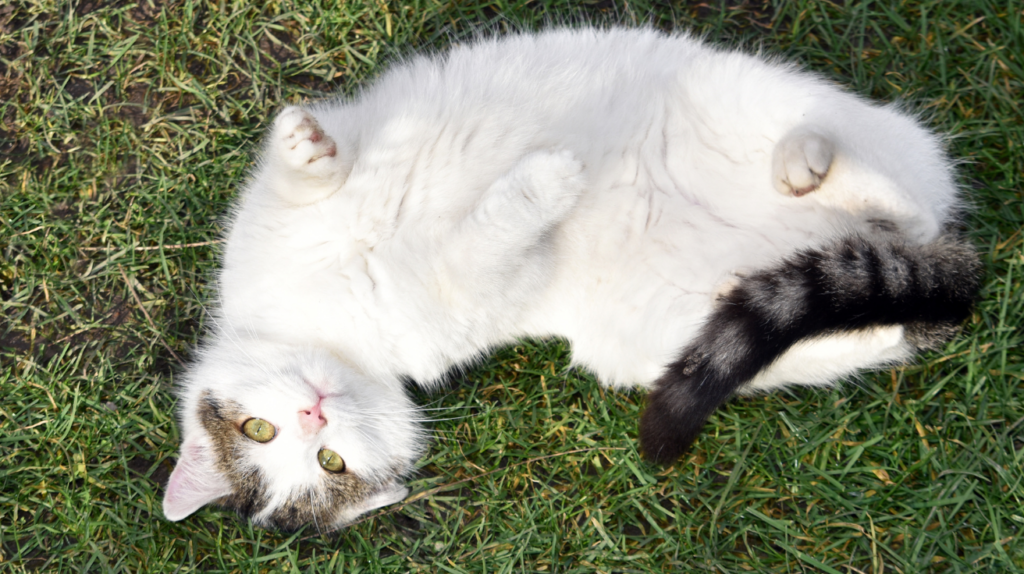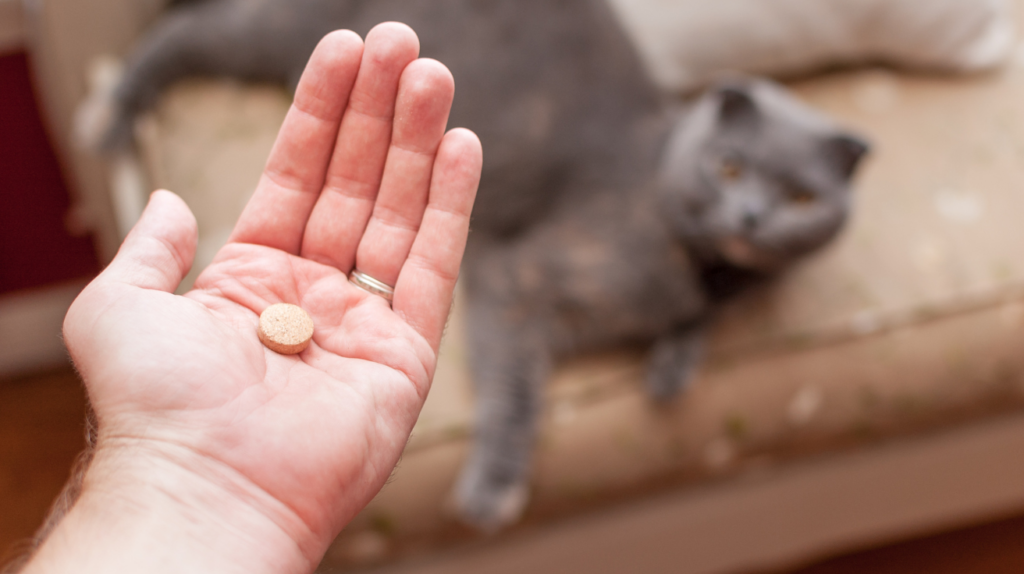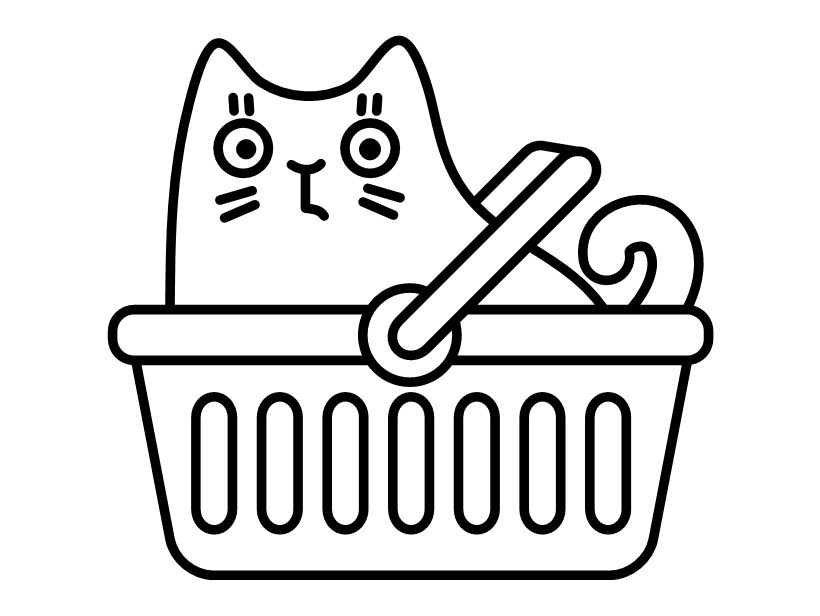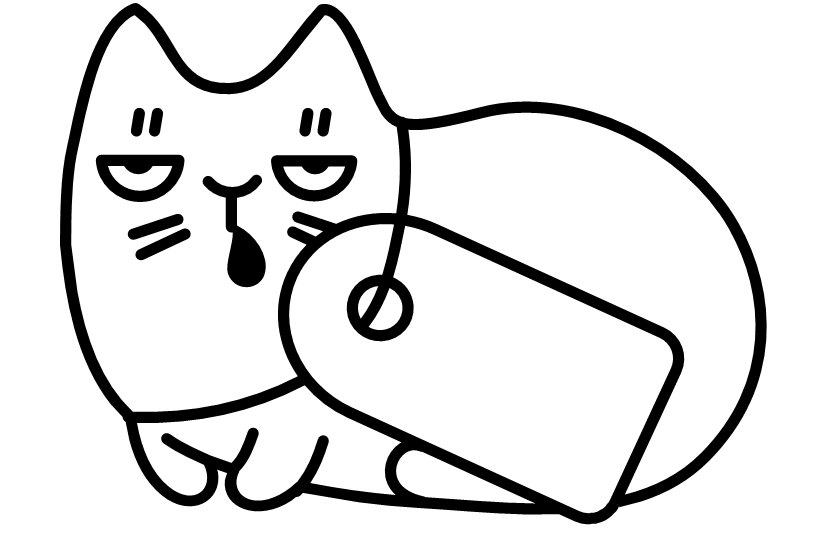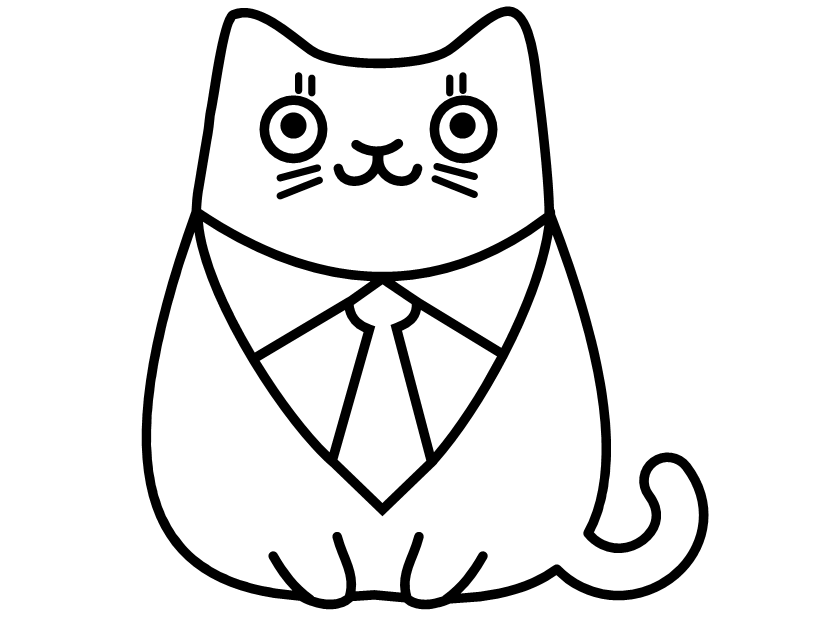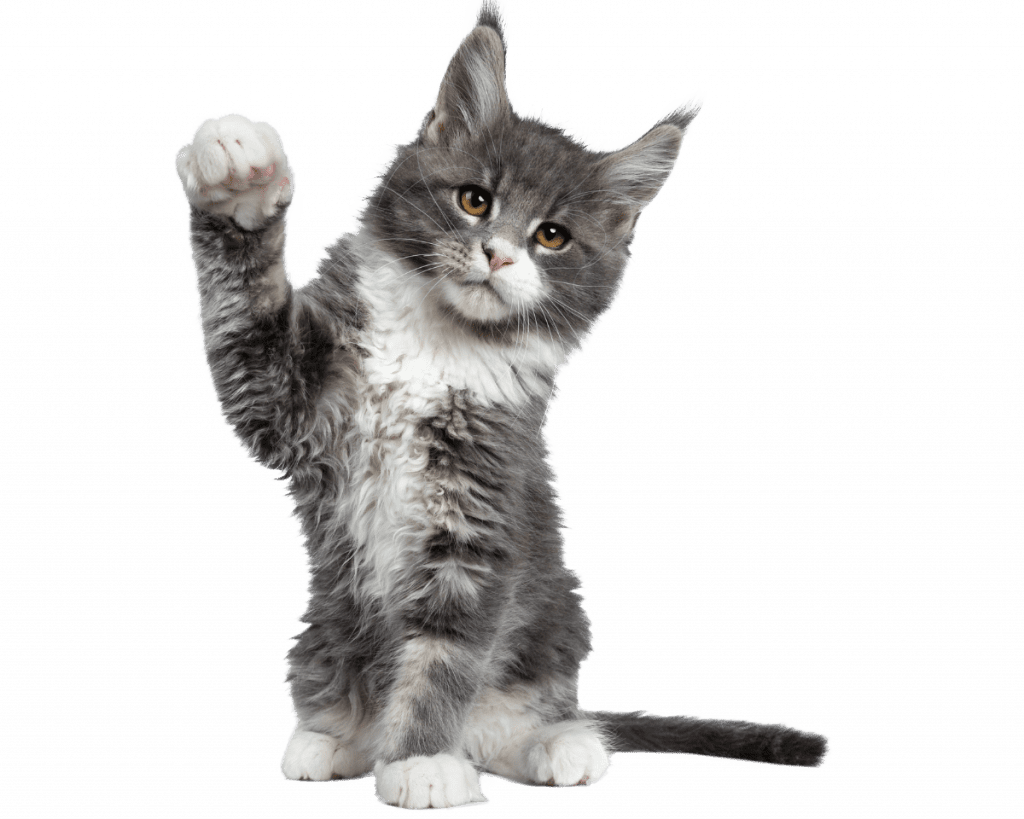Snowshoe Cat Breed Information
The Snowshoe cat combines the best traits of its Siamese and American Shorthair ancestors. With striking blue eyes, pointed coats, and distinctive white markings, Snowshoes are truly a sight to behold.
These medium-sized cats are known for their intelligence, affectionate nature, and unique personality traits that set them apart from other breeds.
Snowshoes are relatively rare. If you’re looking for a cat that’s both beautiful and full of character, the Snowshoe might just be the perfect breed for you.
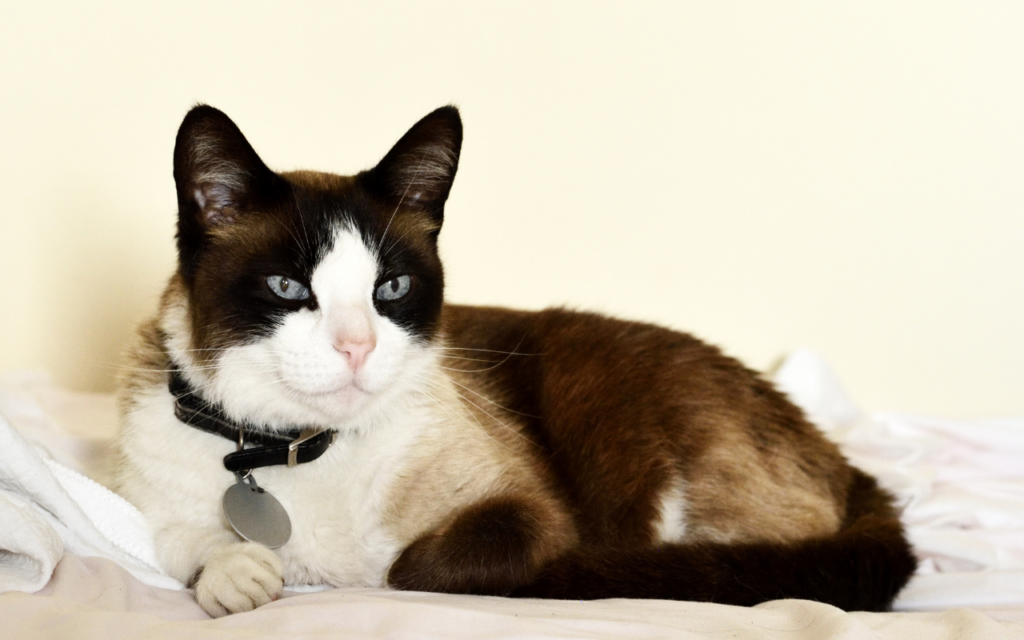
Quick Facts About Snowshoe Breed
- Short Haired
- Medium Size
- Low Grooming Needs
- Moderate Energy Levels
- Medium Shedding
- Low Vocalisation

Table of Contents
Snowshoe Breed History and Origins
The Snowshoe cat breed history began in the 1960s in Philadelphia, USA. The breed’s creation is credited to Dorothy Hinds-Daugherty, a Siamese cat breeder who discovered three kittens with unique white feet in one of her Siamese litters.
Intrigued by this distinctive feature, Hinds-Daugherty embarked on a breeding programme to develop what she initially called “Silver Laces“. She crossed the unusually marked Siamese cats with bicolour American Shorthairs to achieve the desired look. The resulting offspring lacked Siamese points, but by breeding these cats back to Siamese, the characteristic Snowshoe appearance was achieved.
The breed’s development faced challenges, and at one point in the late 1970s, Vikki Olander was the last remaining Snowshoe breeder in the United States. However, thanks to the efforts of dedicated breeders, the Snowshoe gained recognition from various cat associations:
-
1974: Obtained “experimental breed” status from the Cat Fanciers Federation (CFF) and American Cat Association (ACA)
-
1983: Achieved champion status from CFF
-
1990: Gained champion status with the American Cat Fanciers Association (ACFA)
-
1993: Recognised by The International Cat Association (TICA)
-
1994: Awarded Champion status by TICA
Today, Snowshoes are fully recognised by several international cat associations, including the Fédération Internationale Féline (FIFe)
Understanding the Snowshoe Temperament
Snowshoe cats are known for their engaging and affectionate personalities, which combine traits from both their Siamese and American Shorthair ancestors. These cats are generally:
-
Sociable and outgoing: Snowshoes love being around people and often form strong bonds with their human families.
-
Intelligent and curious: They enjoy exploring their surroundings and can be quite clever in solving puzzles or finding ways to get what they want.
-
Vocal: Like their Siamese relatives, Snowshoes are known to be chatty cats, using their voices to communicate with their owners.
-
Playful: They maintain a kitten-like enthusiasm for play well into adulthood.
-
Affectionate: Snowshoes often develop a special bond with one family member but are generally loving towards all.
Snowshoes display some dog-like traits in their behaviour. They often follow their owners around the house, enjoy being near their humans, and can even be trained to perform simple tricks.
While generally confident, some Snowshoes may have a shy streak, especially around strangers. However, with proper socialisation, they typically grow into well-adjusted, friendly cats.
It’s worth noting that Snowshoes don’t like being left alone for extended periods. They thrive on companionship and may become depressed or anxious if left by themselves too often.
Key Characteristics of Snowshoe Cats
Snowshoe cats are medium-sized felines with a unique and striking appearance.
Here are their key physical characteristics:
-
Size: Males typically weigh 4-5.5 kg, while females are slightly smaller at 3-4.5 kg.
-
Height: They stand about 22-28 cm tall.
-
Coat: Short, dense, and smooth with minimal shedding.
-
Colour: White or cream base with coloured points (like Siamese), plus distinctive white markings.
-
Eyes: Always blue, ranging from bright cobalt to lighter sky blue.
-
Distinctive markings: White “socks” on their paws, a white “bib” on the chest, and an inverted V-shaped marking on the face.
-
Body shape: Muscular and stocky, combining the Siamese length with a more robust build.
-
Head shape: Can be either triangular (like Siamese) or apple-shaped.
-
Life expectancy: 14-20 years, slightly longer than the average cat.
One of the most fascinating aspects of Snowshoe cats is that their markings are unique to each individual, much like human fingerprints. Kittens are born completely white, with their distinctive markings developing over the first few weeks of life.
Common Snowshoe Cat Health Issues
While Snowshoe cats are generally healthy, they can be prone to certain health issues. As a responsible owner, it’s important to be aware of these potential problems:
-
Renal Failure: Snowshoes may be more susceptible to kidney problems, including polycystic kidney disease (PKD). Regular check-ups can help catch and manage these issues early.
-
Progressive Retinal Atrophy (PRA): This inherited condition causes gradual deterioration of the retina, potentially leading to blindness. Regular eye examinations are crucial for early detection.
-
Heart Disease: Snowshoes can develop various heart conditions, either congenital or acquired later in life. Regular veterinary check-ups can help monitor heart health.
-
Hyperthyroidism: Due to their Siamese ancestry, Snowshoes may be at higher risk for this condition, which affects the thyroid gland and metabolism.
-
Diabetes: Like many domestic cats, Snowshoes can develop diabetes, especially if overweight or inactive.
It’s important to note that not all Snowshoes will develop these health issues. Regular veterinary check-ups, a balanced diet, and proper exercise can go a long way in maintaining your Snowshoe’s health and catching any potential problems early.
Snowshoe Compatibility with Families and Other Pets
Snowshoe cats are known for their adaptable and friendly nature, making them excellent companions for various household situations:
-
Families: Snowshoes generally do well with children, especially when socialised from a young age. Their playful and affectionate nature makes them great family pets.
-
Other cats: Thanks to their sociable temperament, Snowshoes usually get along well with other felines. They often enjoy having a feline companion to play and interact with.
-
Dogs: Many Snowshoes are comfortable living with dog-friendly dogs. Their confident and sociable nature helps them adapt to multi-pet households.
-
Single-person households: While they enjoy company, Snowshoes can also thrive in homes with a single owner, often forming a strong bond with their human companion.
It’s important to note that every cat is an individual, and proper introductions are key when bringing a Snowshoe into a home with existing pets. While they’re generally adaptable, some Snowshoes may prefer to be the centre of attention and might assert themselves in a multi-pet household.
Should Snowshoe's Be Indoor Cats?
While Snowshoes enjoy exploring and can adapt to outdoor environments, there are several reasons why keeping them as indoor cats is often recommended:
-
Safety: Indoor cats are protected from dangers such as traffic, other animals, and potential diseases.
-
Health: Keeping Snowshoes indoors can help prevent exposure to parasites and reduce the risk of injuries.
-
Longer lifespan: Indoor cats generally live longer than those allowed to roam freely outdoors.
-
Preservation of coat: The Snowshoe’s distinctive markings and coat quality are better maintained when protected from the elements.
-
Environmental control: Indoor living allows you to maintain a stable environment, which can be beneficial for the cat’s overall health and well-being.
However, Snowshoes are active and curious cats that need mental and physical stimulation. If kept indoors, it’s crucial to provide:
-
Plenty of toys and interactive play sessions
-
Climbing structures and perches
-
Window seats for bird watching
-
Puzzle feeders for mental stimulation
Some owners opt for a compromise by creating a secure outdoor enclosure or “catio”, or by training their Snowshoe to walk on a leash for supervised outdoor time
Essential Grooming Tips for Snowshoe Cats
Snowshoe cats are relatively low-maintenance when it comes to grooming, thanks to their short, dense coats. However, regular grooming is still important for their health and appearance:
-
Brushing: Weekly brushing is usually sufficient to remove loose hair and distribute skin oils. During shedding seasons (spring and autumn), you might need to brush more frequently.
-
Bathing: Snowshoes generally don’t need frequent baths unless they get into something messy. When bathing is necessary, use a cat-specific shampoo.
-
Nail trimming: Regular nail trims (every 2-3 weeks) help prevent overgrowth and potential injuries.
-
Dental care: Brush your Snowshoe’s teeth regularly with cat-safe toothpaste to prevent dental issues.
-
Eye care: Gently wipe around the eyes with a damp cloth to remove any discharge.
-
Ear cleaning: Check and clean the ears monthly using a cat-safe ear cleaner.
Remember, grooming are also an opportunity to bond with your cat and check for any unusual lumps, bumps, or skin issues.
Proper Nutrition and Feeding for Snowshoe
Providing proper nutrition is crucial for maintaining your Snowshoe’s health and vitality.
Here are some key points to consider:
-
High-quality cat food: Choose a premium cat food that meets FEDIAF (European Pet Food Industry Federation) standards for complete and balanced nutrition.
-
Protein-rich diet: Cats are obligate carnivores, so ensure their diet is high in animal-based proteins.
-
Wet vs. dry food: A combination of wet and dry food can be beneficial. Wet food helps with hydration, while dry food can help maintain dental health.
-
Portion control: Follow feeding guidelines based on your cat’s age, weight, and activity level to prevent obesity.
-
Fresh water: Always provide clean, fresh water.
-
Avoid human food: Many human foods can be harmful to cats. Stick to cat-specific diets and treats.
-
Special considerations: If your Snowshoe has any health issues like kidney problems or diabetes, consult with your vet about specialised diets.
Remember, every cat is an individual, and nutritional needs can change with age and health status. Regular check-ups with your vet can help ensure your Snowshoe’s diet remains appropriate throughout their life.
Interesting Facts About Snowshoe Cats
-
Unique markings: Like human fingerprints, no two Snowshoes have exactly the same markings.
-
Born white: Snowshoe kittens are born completely white, with their distinctive markings developing over the first few weeks of life.
-
Water lovers: Many Snowshoes have a fascination with water and may even enjoy playing in shallow water.
-
Rare breed: Despite existing for over 60 years, Snowshoes remain relatively rare due to the difficulty in breeding cats with the correct markings.
-
Originally called “Silver Laces”: The breed was initially named “Silver Laces” by its creator, Dorothy Hinds-Daugherty.
-
Genetic complexity: The Snowshoe’s distinctive markings are the result of complex genetics, including recessive genes and incomplete dominance.
-
Celebrity following: The Snowshoe breed gained some fame when Grumpy Cat, a famous internet meme cat, was identified as a Snowshoe mix.
-
Vocal personalities: Like their Siamese ancestors, many Snowshoes are quite talkative and enjoy “conversing” with their human family members.
-
Dog-like traits: Snowshoes often display dog-like behaviours, such as following their owners around and coming when called.
-
Adaptable climbers: Despite their stocky build, Snowshoes are adept climbers and enjoy surveying their territory from high vantage points
Snowshoe Breed FAQ's
Are Snowshoe cats rare?
Yes, Snowshoes are considered a rare breed due to the difficulty in breeding cats with the correct markings.
Do Snowshoe cats shed a lot?
Snowshoes have a short, dense coat that sheds minimally. Regular brushing can help manage shedding.
Are Snowshoe cats good with children?
Generally, yes. Snowshoes are known for their friendly and adaptable nature, often doing well with children when properly socialised.
How long do Snowshoe cats live?
On average, Snowshoes have a lifespan of 14-20 years, slightly longer than many other cat breeds.
Are Snowshoe cats hypoallergenic?
No cat breed is truly hypoallergenic. While Snowshoes shed less than some breeds, they still produce allergens.
Do Snowshoe cats like water?
Many Snowshoes have a fascination with water and may enjoy playing in shallow water.
Are Snowshoe cats vocal?
Yes, like their Siamese ancestors, Snowshoes tend to be quite vocal and communicative.
Can Snowshoe cats be left alone?
Snowshoes prefer companionship and may become anxious if left alone for long periods. They do best in households where they have company most of the time.
How big do Snowshoe cats get?
Snowshoes are medium-sized cats. Males typically weigh 4-5.5 kg, while females are slightly smaller at 3-4.5 kg.
Are Snowshoe cats indoor or outdoor cats?
While they can adapt to outdoor environments, Snowshoes are often recommended as indoor cats for safety and health reasons
Similar breeds
-
Siamese: One of the parent breeds of the Snowshoe, sharing similar pointed colouration and vocal tendencies.
-
American Shorthair: The other parent breed, contributing to the Snowshoe’s sturdy build and easy-going temperament.
-
Birman: Similar in having white “gloves” on their paws, though Birmans have long hair and a different facial structure1.
-
Ragdoll: Shares the Snowshoe’s affectionate nature and blue eyes, though Ragdolls are larger with semi-long hair2.
-
Turkish Van: Another breed known for its love of water and distinctive white markings, though with a different coat pattern.
-
Balinese: A long-haired variant of the Siamese, sharing similar pointed colouration and vocal nature with the Snowshoe2.
-
Oriental Shorthair: Shares the Snowshoe’s Siamese ancestry, resulting in similar body types and personalities2.
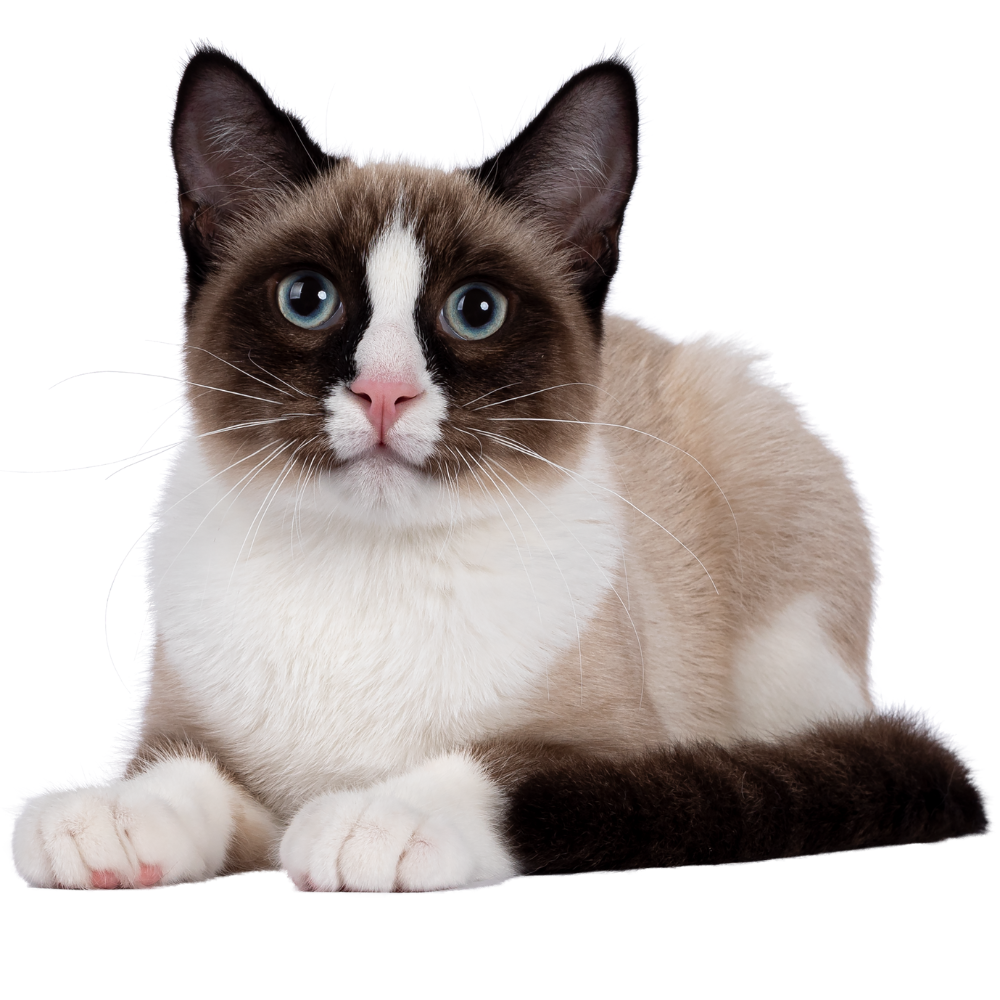
Cat mad
The team at Cat Mad are lifelong cat enthusiasts and regularly give cats loving homes through fostering and adoption. With over 50 years of combined hands-on experience caring for cats of all breeds and temperaments, we share our knowledge and insights to help cat owners provide the best possible care for their furry friends.
Cat mad
The team at Cat Mad are lifelong cat enthusiasts and regularly give cats loving homes through fostering and adoption. With over 50 years of combined hands-on experience caring for cats of all breeds and temperaments, we share our knowledge and insights to help cat owners provide the best possible care for their furry friends.
Latest Cat Mad Blogs
The Ultimate Guide to Keeping Your Cat Hydrated: Tips for Every Situation
-
Posted by
 Cat Mad
Cat Mad
- 0 comments
Do Foxes Attack Cats? What Every Cat Owner Needs to Know
-
Posted by
 Cat Mad
Cat Mad
- 0 comments
How to Stop Litter Tray Smelling: Quick Guide
-
Posted by
 Cat Mad
Cat Mad
- 0 comments
Litter Trays for Two Cats: How Many & Placement Tips
-
Posted by
 Cat Mad
Cat Mad
- 0 comments
World’s Rarest Cat Breeds in 2025
-
Posted by
 Cat Mad
Cat Mad
- 0 comments
Splash Happy: Cat Breeds That Actually Love Water
-
Posted by
 Cat Mad
Cat Mad
- 0 comments
Most Cuddly Cat Breed? Top 7 Cuddliest Cat Breeds
-
Posted by
 Cat Mad
Cat Mad
- 0 comments
What Cats Are Child-Friendly? 8 Child Friendly Breeds
-
Posted by
 Cat Mad
Cat Mad
- 0 comments
Cat Sleeping on You? Reasons, Benefits, and What It Means
-
Posted by
 Cat Mad
Cat Mad
How Do Cats Show Love? 15 Affectionate Signs
-
Posted by
 Cat Mad
Cat Mad
Can Indoor Cats Get Worms: Symptoms, Treatment & Prevention
-
Posted by
 Cat Mad
Cat Mad

